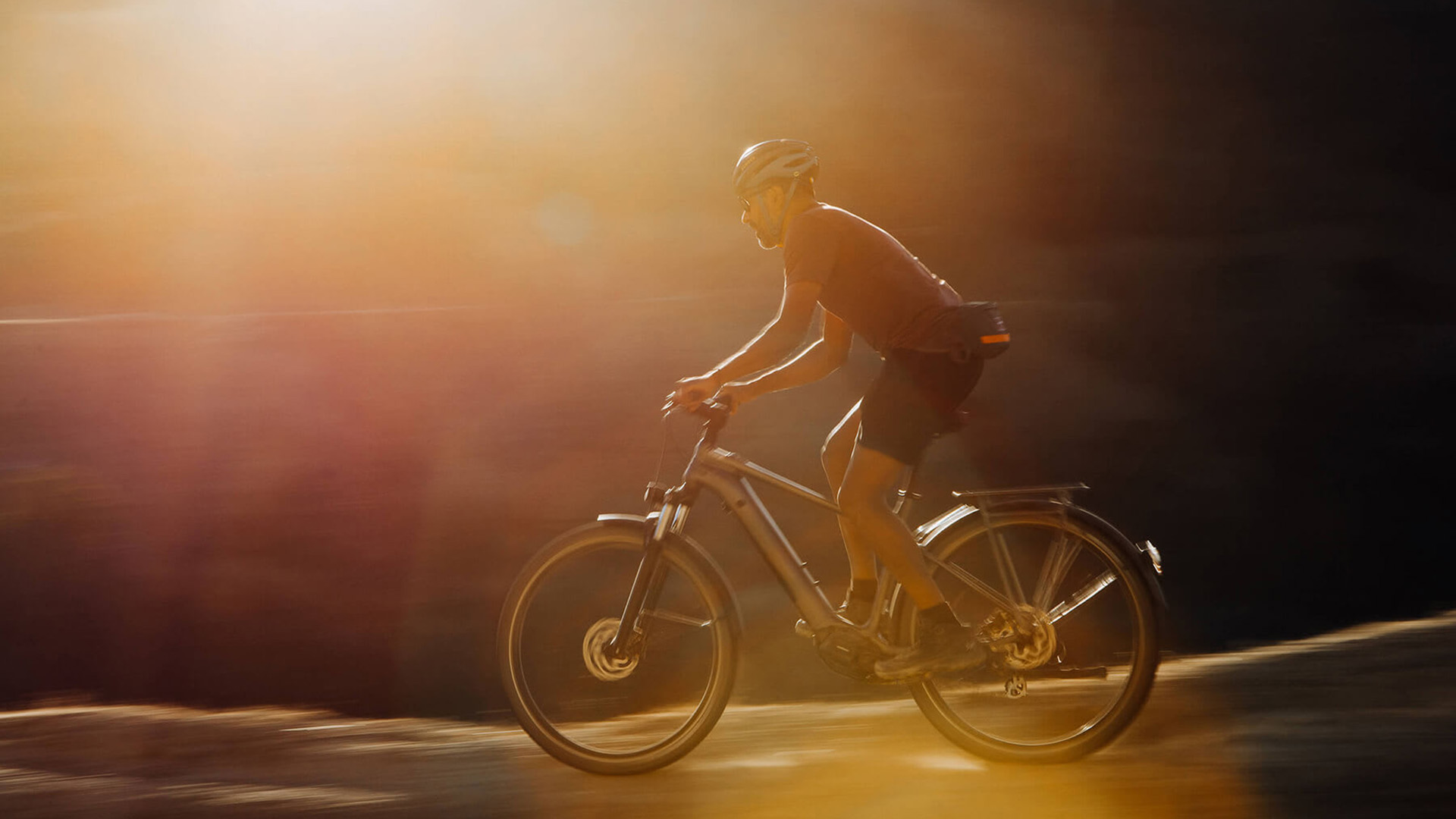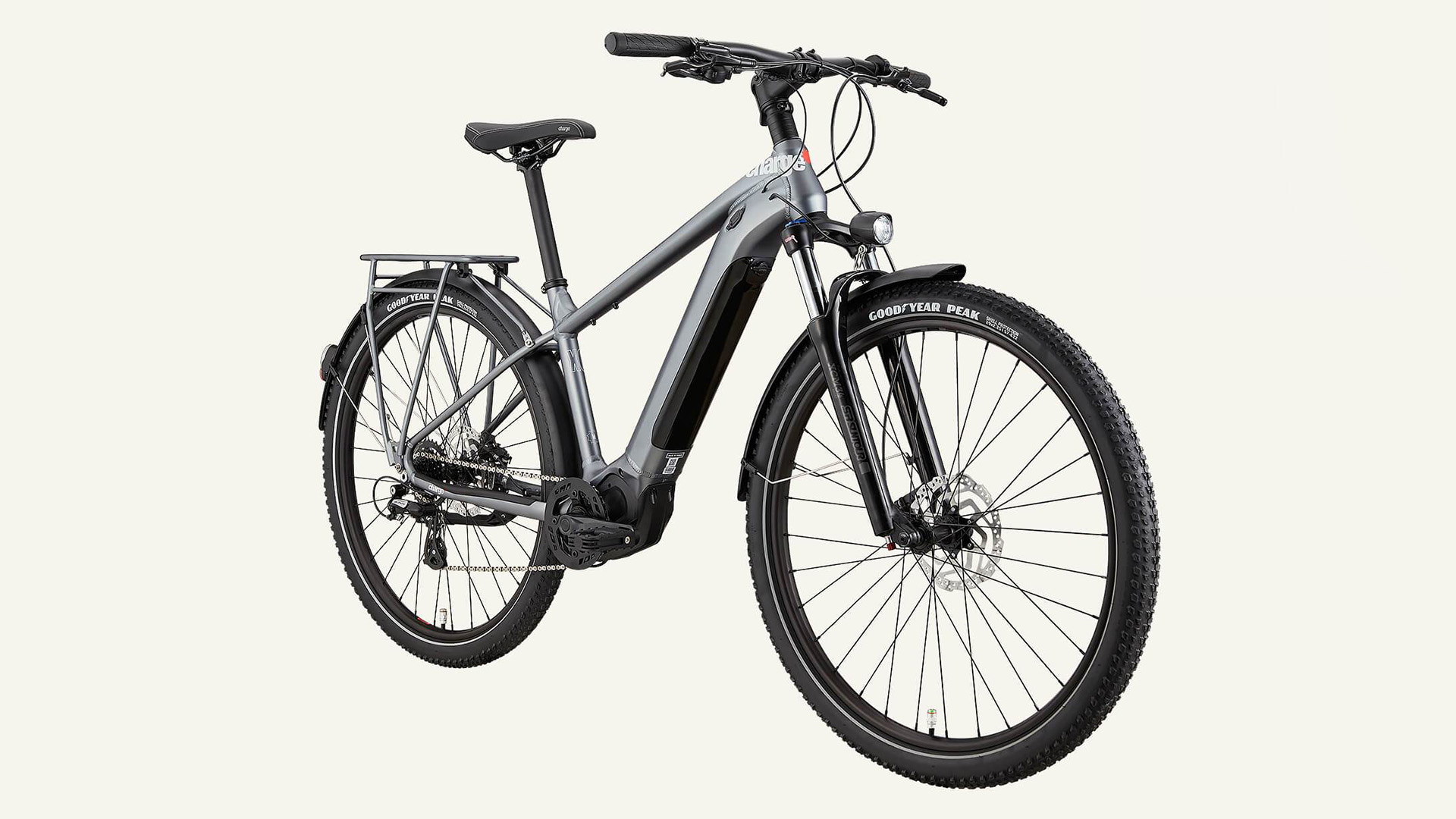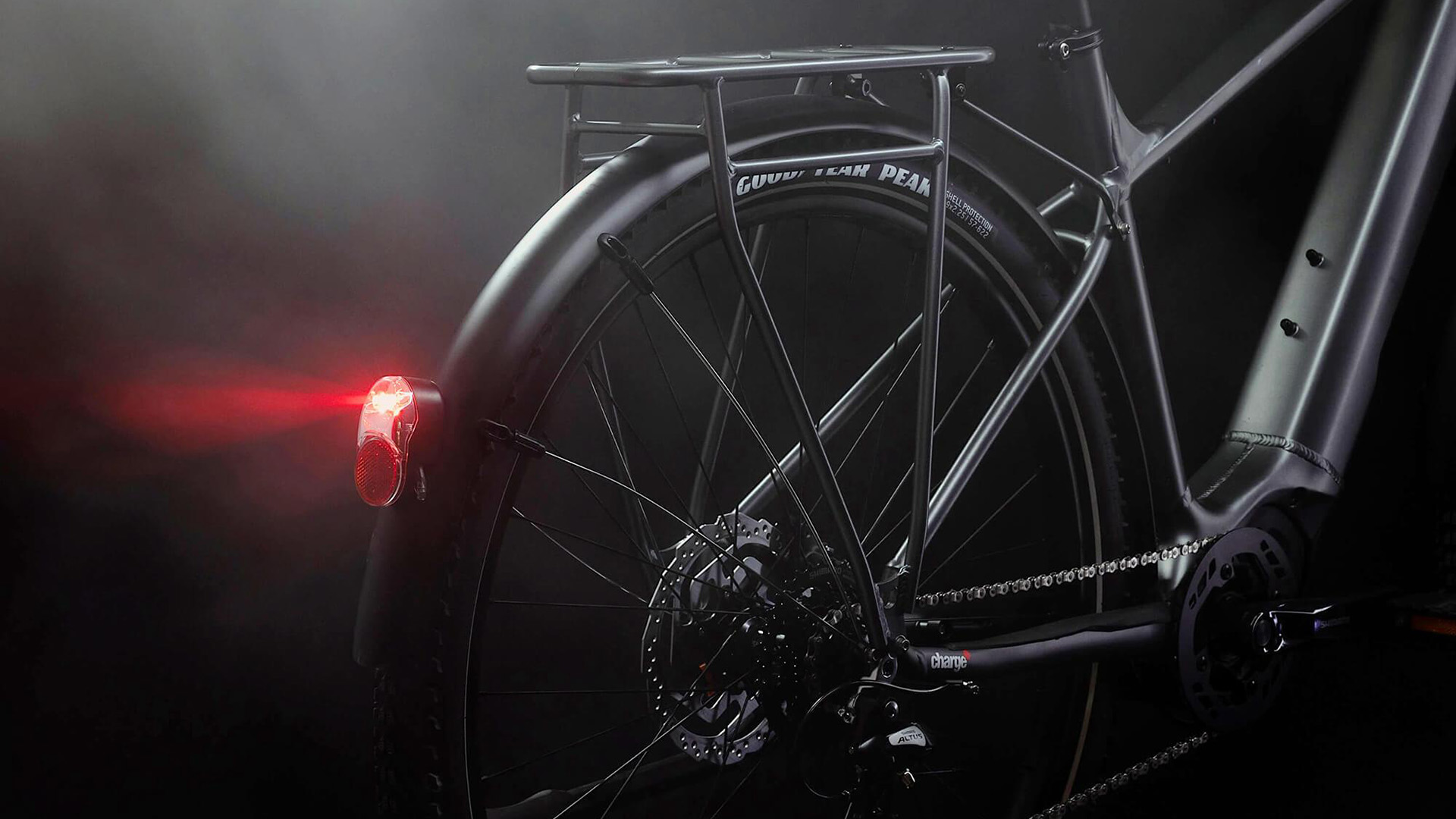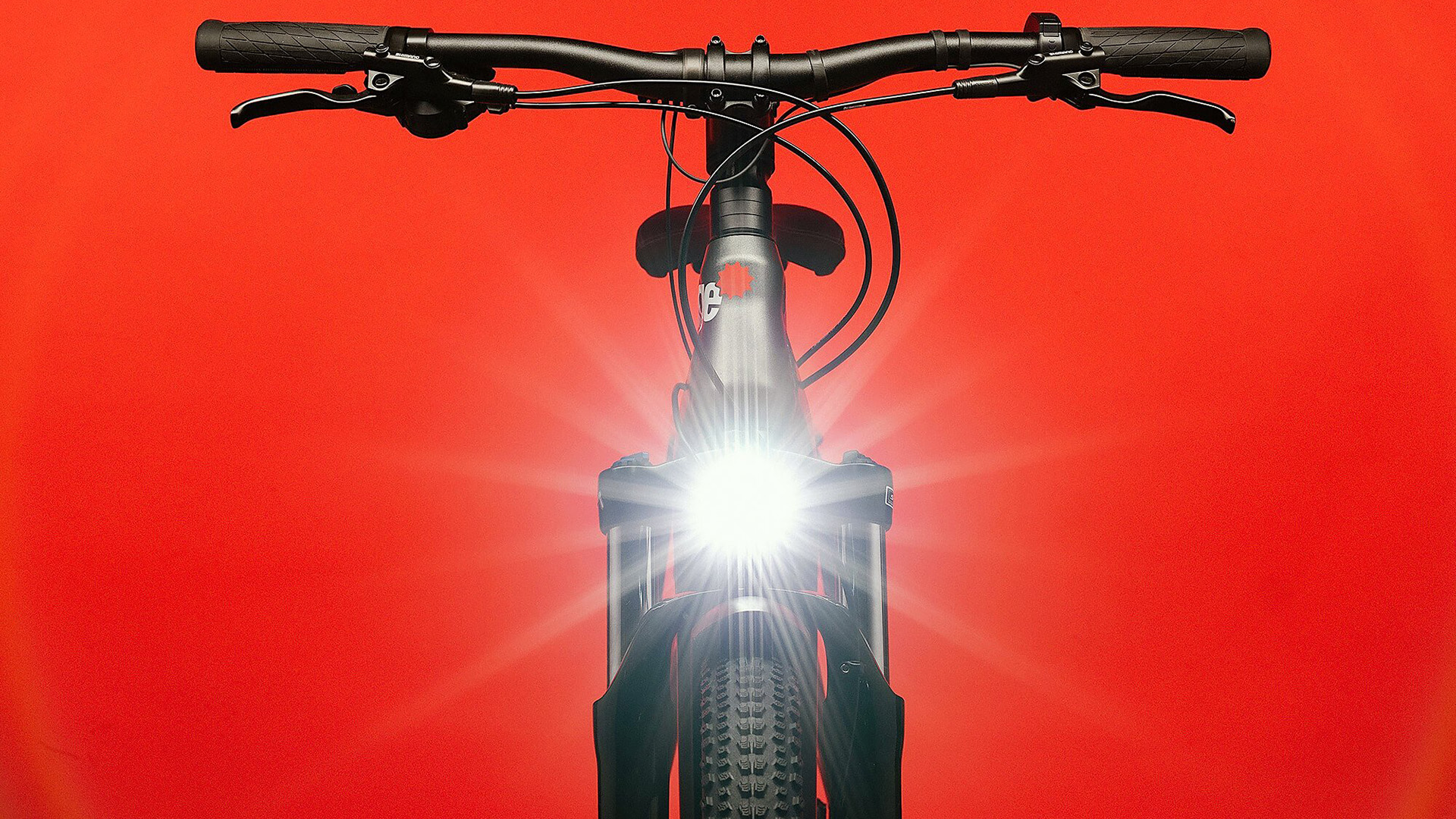Charge XC electric bike review: on and off-road fun
The Charge XC e-bike gives you the ability to take your electric journeys on a commute or off the beaten path

A versatile e-bike option for commuting during the week and getting dirty on the weekend. Great balance of value and quality.
-
+
Terrific e-bike for commuting and general recreation
-
+
Robust battery/motor
-
+
Several needed accessories come standard
-
-
Only comes in two sizes
-
-
While reasonably light for an e-bike, it does weigh 55 pounds
Why you can trust T3
The Charge XC is a rugged electric bike designed for both on and off-road use. E-bikes are one of the fastest-growing segments of the bike industry, and for good reason. People who haven’t pedaled a bike since they got their driver’s license feel empowered by the promise of an easier ride. Even more experienced riders are hopping on the electric bandwagon, looking for a cleaner and easier way to commute to work, run errands, and more.
Over the last several years, manufacturers have been looking to create the best electric bikes to fill every cycling niche. With its XC model, Charge attempts to create an all-terrain, do-it-all e-bike at a not-unreasonable price tag. Have they succeeded?

Charge XC electric bike review: Design and Features
The XC comes almost entirely assembled in a massive cardboard box. It took maybe 5 minutes to prep for riding. Just adjust the seat, flip down the pedals, attach the front wheel and adjust the headset. The bike comes with a torque key to allow you to adjust the bolts to the required tightness and no more.
I could have taken the XC for a spin right then, if it didn’t need charging. Which brings us to power. The XC comes equipped with a Shimano E5000 mid-drive motor and an integrated/removable 250W battery, giving riders a range of about 50 miles. Typically, when the XC got down to one bar, I charged it overnight, and it was completely topped off by the next morning. When traveling in my RV, I found that my solar setup could fully top off the battery as well.
The XC has three assist modes – Eco, Normal, and Turbo – which can be changed with a quick flick of the thumb. Some e-bikes feel like you’re being launched out of cannon when you first put foot to pedal, but the Shimano motor was much more subtle when it kicked on. It definitely gives you more of a standard bike feel. I spent the bulk of my rides on Eco or Normal mode, trying to stretch the mileage, and only going Turbo when I was heading uphill or in heavy traffic. (You can ride with the motor off, but you’ll quickly realize you’re pedaling a 55-pound bike.) It’s a Class 1 e-bike meaning you have to pedal in order to get the power boost, unlike the Class 2 or 3 bikes that some liken more to mopeds than bicycles.
Operated by the same company that owns Cannondale, Charge knows how to build a quality bike that won’t break the bank, and you get a lot of value for $2,500 (not currently available in the UK or Australia). The 8-speed drivetrain and other components are fairly basic, but they also didn’t come from the spare-parts bin either. The 34-tooth rear cassette came in quite handy on some of the bigger climbs, as the Shimano motor seems to respond more to steady spinning than slow clomping on the pedals.
I appreciated the XC came with a rear rack, fenders and lights as standard. The knobby, 2.25-inch Goodyear Peak tires proved capable whether I was on pavement, dirt, or gravel.
Charge only offers the XC frame in a small or large. I’m 5’10” and felt comfortable on the small. My sister and brother-in-law are not cyclists, but are considering buying his-and-hers e-bikes for weekend exercise. So I let them take my XC loaner for a spin and they loved it. It reminded them of being kids again, they happily exclaimed – but they definitely had a bit of trouble mounting and dismounting. Shorter riders who don’t plan on venturing onto rough terrain might want to consider a step-thru model, like the XC’s sister bike, the City.
The bike’s relatively hefty weight can be a drawback, particularly for riders with physical limitations. Getting the bike up stairs or on the back of a rack can be a bit tricky, at least at first. But one of the benefits of the XC and other e-bikes is you don’t necessarily have to drive to the greenway trailhead.

Charge XC electric bike review: Performance and Versatility
I spent several weeks riding the XC, mostly on pavement, but also on gravel and dirt. I’m not sure how well it would handle gnarly singletrack – most trails don’t allow them anyway – but it would be perfect for gravel or dirt fire roads (where permitted).
Several times I loaded up the XC with gear and a bag full of ice and beer to head to my local state park and never struggled riding up hills and overpasses. Add some pannier bags and this would make for a great bike-packing option, assuming you always had a place to charge it at the end of each ride.
There were multiple days I rode the XC shortly after a somewhat hard ride on my non-pedal-assisted road bike, when I needed to go to the grocery store or to fish on a nearby creek. It was just about as convenient as taking my car and spinning out that lactic acid always made my legs feel better the next day.
Some purists complain e-bikes make riding almost too easy, but isn’t that the point? E-bikes make it easier for non-enthusiasts to ride to work without getting sweaty or pedal to the park and still have the energy to play with your kids for an hour. Charge riders are still getting in a workout, just not as difficult. (Multiple studies say the health benefits are similar as well.)
On the flip side, other Strava-obsessed folks might see the Charge XC as mechanical doping, a $2,500 ticket to stealing all their KOMs. Riding the Charge on my usual road routes, I didn’t come close to beating any of my best times. The maximum boost you can get is about 20 mph, and that’s pedaling at a decent effort. Unless you’re pointed downhill, you’re going to sweat for each mile per hour beyond that 20.

Charge XC electric bike review: Verdict
The Charge XC is a versatile, do-it-all e-bike. It’s fun to ride, albeit not as zippy as some e-bikes I’ve ridden in the past. It reminded me a bit of my Subaru Forester – a utilitarian gear transport that gets me where I need to go across multiple types of terrain.

Charge XC electric bike review: Also consider
For many people, $2,500 is a lot of money to spend on a bike, even an e-bike, and both Rad Power and Aventon offer similar, but cheaper, fat-tire alternatives to the XC. If you’re looking for a bike to primarily ride single-track and rougher terrain, a purpose-built option, such as the Giant Talon E-Plus 29 3, maybe a better, albeit slightly pricier, option.
Sign up to the T3 newsletter for smarter living straight to your inbox
Get all the latest news, reviews, deals and buying guides on gorgeous tech, home and active products from the T3 experts
-
 Google just added a new Gemini video creation tool I never knew I needed
Google just added a new Gemini video creation tool I never knew I neededGemini Advanced just added Veo 2 video generation
By Mike Lowe Published
-
 One of the best villains in gaming is coming to Xbox Game Pass for free
One of the best villains in gaming is coming to Xbox Game Pass for freeAll Game Pass subscribers are getting one of the best single-player shooters of the decade
By Rik Henderson Published
-
 Xiaomi’s next indoor smart security camera could be its most affordable yet
Xiaomi’s next indoor smart security camera could be its most affordable yetIt's less than $40...
By Lizzie Wilmot Published